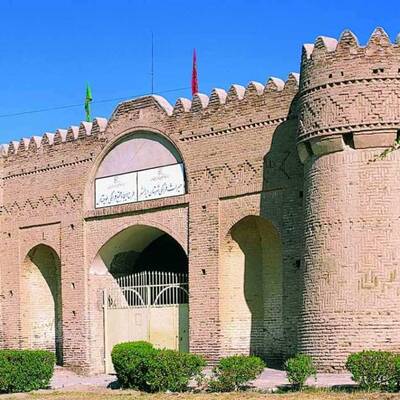
The Quran and Ahlul Bayt Museum
The Quran and Ahlul Bayt Museum in Zahedan is built in a historic building dating back to the late Pahlavi era. This structure holds significant importance for several reasons, the most notable being that Ayatollah Khamenei resided in this house-museum during his one-year exile in 1977. He was exiled to Iranshahr due to his political activities and opposition to the Shah's regime. Although he was prohibited from public activities such as congregational prayers and delivering religious and political speeches, he secretly engaged in social, religious, and political activities. This led to his imprisonment and subsequent exiles on multiple occasions.
During his time in Iranshahr, his activities were primarily limited to private gatherings due to the surveillance of security forces and SAVAK. After the building was acquired by Parviz Fazeli and handed over to the Cultural Heritage Organization in 1991, it underwent several years of restoration and reconstruction. Finally, in 2007, it was officially registered as the Quran and Ahlul Bayt Museum and underwent a change of function.
The foundation of this structure is over 400 square meters, mainly constructed using bricks and clay. The house-museum consists of four rooms, each of which opens to the courtyard through a wooden door. The courtyard features four pristine gardens, a small water pond in the center, and a kitchen on its southern side. The museum comprises four exhibition rooms where the atmosphere of Ayatollah Khamenei's exile period, as well as the experiences of other exiled individuals such as Hojatoleslam Rashid Yazdi, Mohammad Javad Hojati Kermani, and others, is depicted. Other sections of the museum showcase and present handwritten copies of the Quran, gravestones from the Islamic era, interpretations of various books, prayer books, historical photographs, and documents and letters related to the Iranian Revolution. Notably, there are also displayed some ceramic artifacts from the Islamic period adorned with Kufic inscriptions.
.jpg)


3456.jpg)